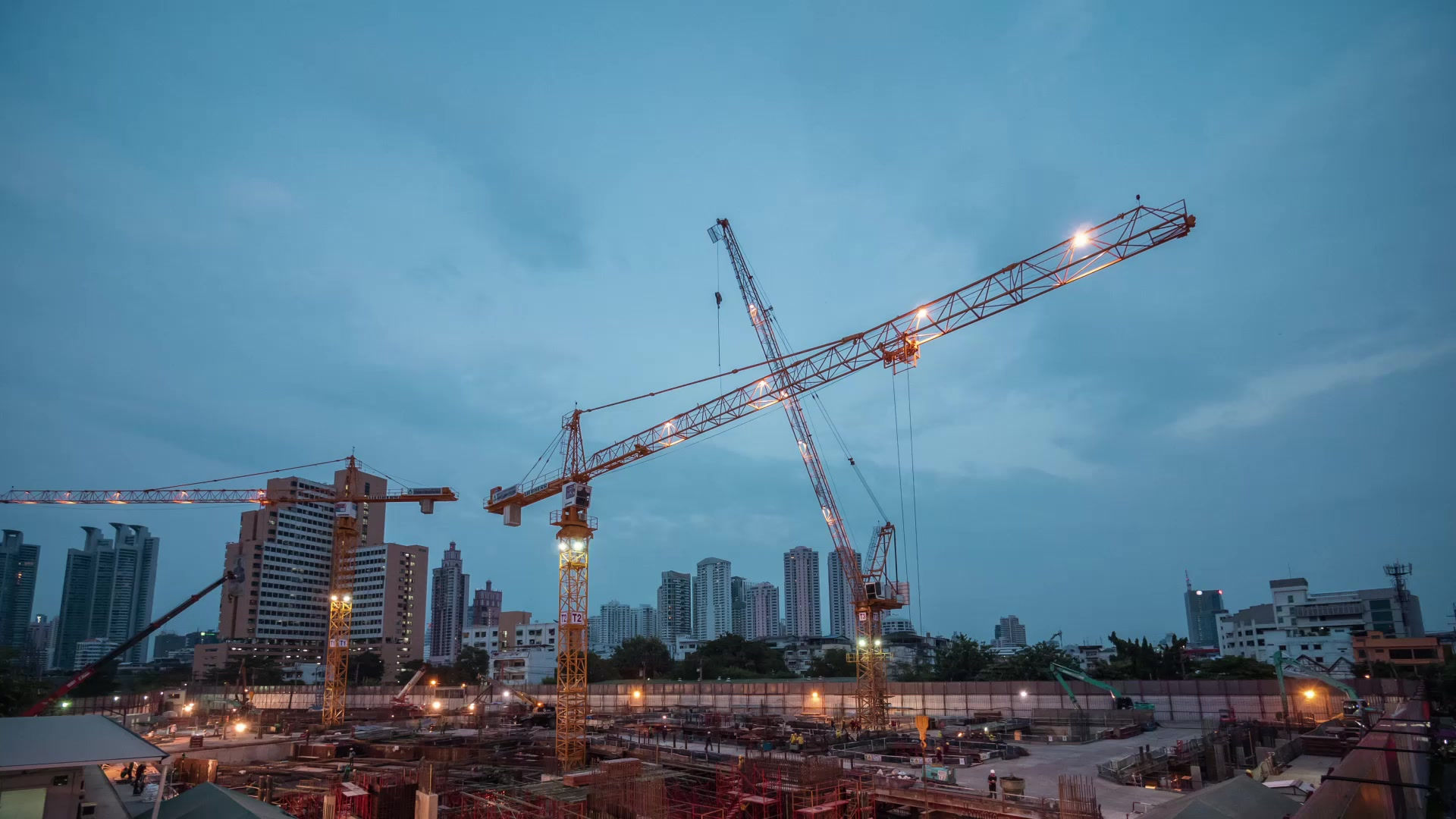
Hydro Demolition : Concrete Cutting : Concrete Removal

Hydrodemolition is a method of using high-pressure stream(s) of water to blast away deteriorated concrete. It provides a precise way to remove layers of concrete and can remove concrete below the reinforcement bars. This process will clean the rebar while simultaneously preparing the remaining concrete, thus providing an excellent surface for the new concrete to bond to.

Why Use H.D.

• The owner’s point of view are that they will get a structure that will last much longer before a repair is needed. The structure will also require a shorter repair period and will be operational earlier.
• The consultant’s point of view are that they will suggest the best existing method on the market, and they will then increase their reputation on the market and probably receive more projects.
• The contractor’s point of view are that they will be using hydro demolition equipment to make sure that the owner gets the highest quality repair. Furthermore, it is ensured that they will not be exposed to warranty issues since the repair will be properly done.
Factors that contribute to these advantages
-
No micro-cracks in the remaining structure, which ensures that the repair will be long-lasting with a high quality.
-
Creates no vibrations, and noise and dust are dramatically reduced.
-
Allows for both selective and non-selective removal.
-
Keeps the rebars clean and intact.
-
Prepares a surface ideal for bonding between old and new concrete.
-
Cost and time efficient
-
Reduce risk of operators and pedestrians
-
Improves efficiency as hydro demolition is more than 25x faster than mechanical jackhammering.
-
Financially
-
Increases productivity
-
Less interference in the infrastructure
-
Extends the life of the structure
-
Cuts the cost for maintenance over time
-
Safety and less labor
HYDRO DEMOLITION VS. PNEUMATIC DEVICES
Demolition and surface preparation are inherently noisy, where traditional removal techniques such as using pneumatic devices operate at unhealthy decibel levels. The noise level can of course vary greatly depending on a wide variety of factors including where the project is taking place (open or enclosed environment), the condition of the material being removed, and the type of machinery being used.
Handheld pneumatic devices and concrete saws register around 90-100 dB, about the same as a lawnmower or snowblower. Whereas most hydro demolition equipment typically registers around 10-20 dB lower than that of many traditional demolition techniques.
Bridge Infrastructure
No one really knows how many bridges there are on planet earth, but the fact that there were over 600,000 bridges in the US alone in 2016 tells us something about the great number.
Out of these, 4 out of 10 – or 240,000 – are older than 50 years. It is estimated that 188 million trips annually are done over bridges that are structurally deficient, and recent estimates puts the investment needed for bridge rehabilitation in the US alone to a $123 billion.
How are the robots so quiet?
-
Rubber hoods: All our hydrodemolition robots are equipped with a rubber hood which covers the demolition area and not only dampens sound, but also protects the workers from debris.
-
Remote operations: While it doesn’t reduce the overall decibel levels, remote operation capabilities allow the workers to control the robots from a distance, thus increasing sound safety.
-
High-quality sound engineering: Conjet has worked on perfecting the sound engineering of the hydro demolition robots, guaranteeing low sound levels to minimize jobsite noise – ensuring the contractor’s ability to meet sound regulations in urban areas.
-
Quick and efficient: The Conjet hydro demolition robots ensure fast and efficient concrete demolitions and repairs, minimizing the time the machines have to be active
